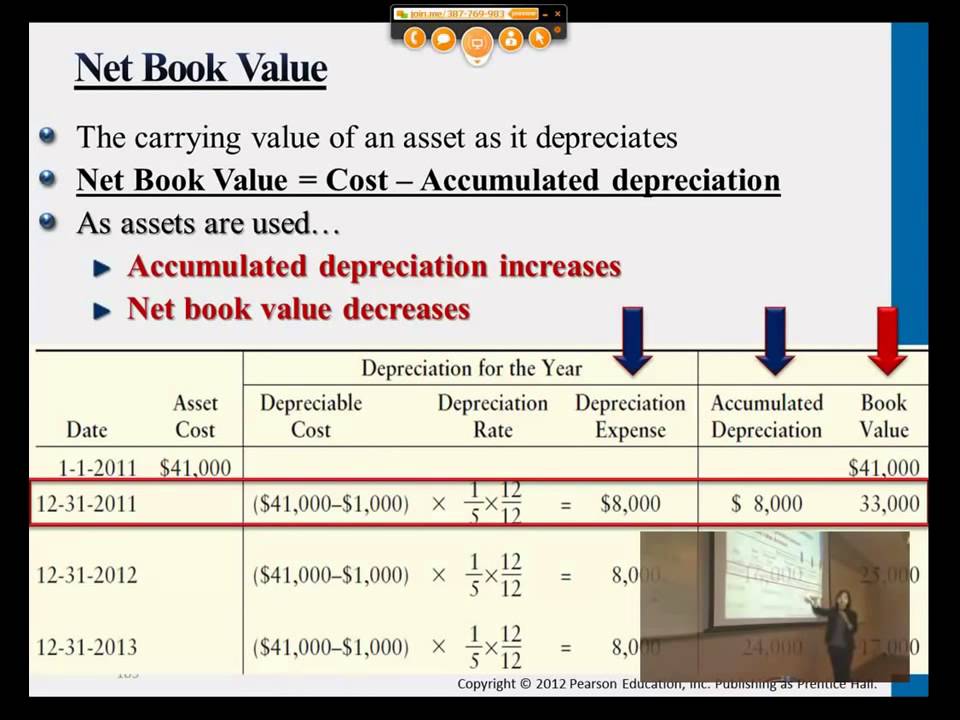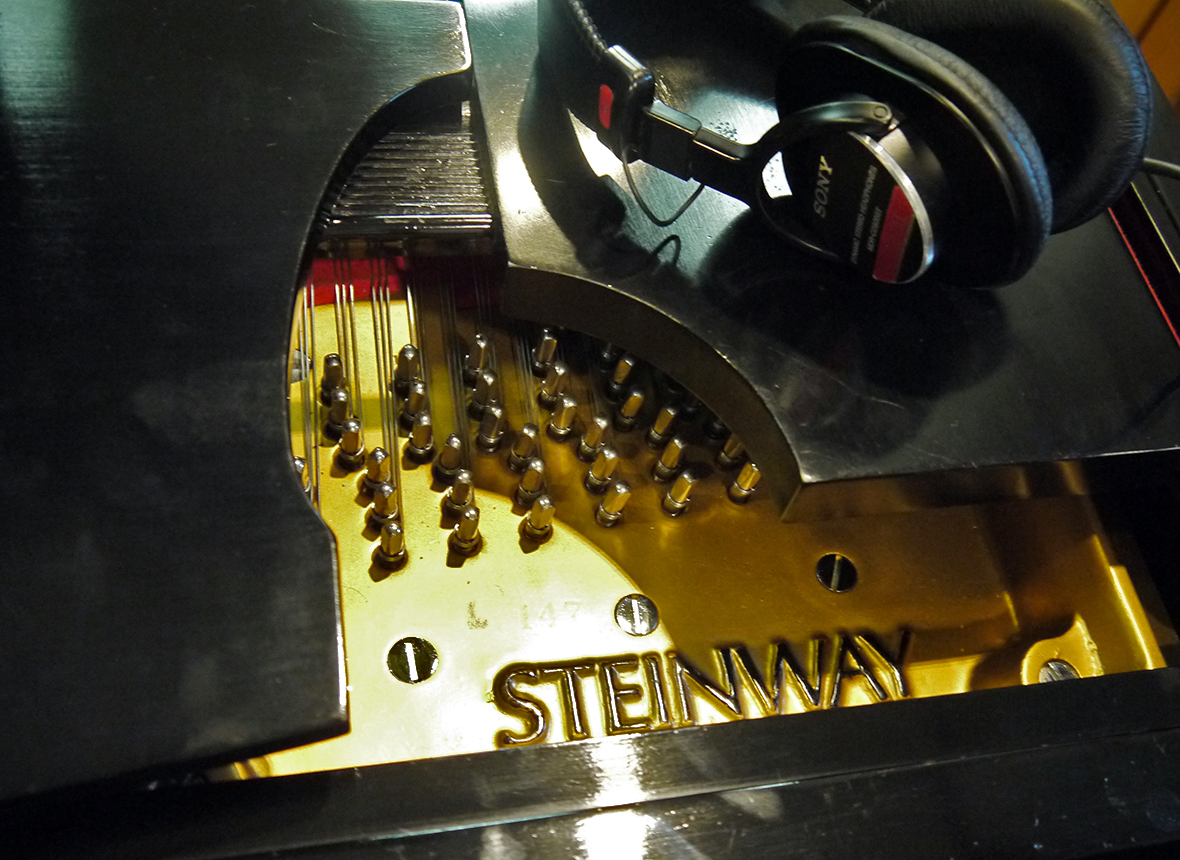Book Value vs Market Value: What’s the Difference?

This means investors are willing to risk more than BVPS for the stock’s potential upside. For example, let’s say that ABC Corporation has total xero shoes terraflex review equity of $1,000,000 and 1,000,000 shares outstanding. This means that each share of stock would be worth $1 if the company got liquidated.
Methods to Increase the Book Value Per Share
Relying solely on market value may not be the best method to assess a stock’s potential. Deriving the book value of a company becomes easier when you know where to look. Companies report their total assets and total liabilities on their balance sheets on a quarterly and annual basis.
The Difference Between Market Value per Share and Book Value per Share
It is unusual for a company to trade at a market value that is lower than its book valuation. When that happens, it usually indicates that the market has momentarily lost confidence in the company. It may be due to business problems, loss of critical lawsuits, or other random events.
What Book Value Means to Investors
Value investors use BVPS to identify stocks that are trading below their intrinsic value, indicating potential undervaluation. While Book Value Per Share can be a helpful indicator of a company’s tangible net assets, it has several limitations that investors should be aware of. Conversely, if the market value per share exceeds BVPS, the stock might be perceived as overvalued. BVPS offers a baseline, especially valuable for value investors looking for opportunities in underpriced stocks. The figure of 1.25 indicates that the market has priced shares at a premium to the book value of a share. The ratio may not serve as a valid valuation basis when comparing companies from different sectors and industries because companies in other industries may record their assets differently.
If a P/B ratio is less than one, the shares are selling for less than the value of the company’s assets. This means that, in the worst-case scenario of bankruptcy, the company’s assets will be sold off and the investor will still make a profit. Another way to increase BVPS is for a company to repurchase common stock from shareholders. Assume XYZ repurchases 200,000 shares of stock, and 800,000 shares remain outstanding. The book value of a stock is theoretically the amount of money that would be paid to shareholders if the company was liquidated and paid off all of its liabilities. As a result, the book value equals the difference between a company’s total assets and total liabilities.
- All other things being equal, a higher book value is better, but it is essential to consider several other factors.
- However, if advertising efforts enhance the image of a company’s products, the company can charge premium prices and create brand value.
- To calculate book value per share, simply divide a company’s total common equity by the number of shares outstanding.
- You can use the book value per share formula to help calculate the book value per share of the company.
- This differs from the book value for investors because it is only used internally for managerial accounting purposes.
Book Value vs. Market Value: What’s the Difference?

People who have already invested in a successful company can realistically expect its book valuation to increase during most years. However, larger companies within a particular industry will generally have higher book values, just as they have higher market values. The market value represents the value of a company according to the stock market. It is a dollar amount computed based on the current market price of the company’s shares. Consider technology giant Microsoft Corp.’s (MSFT) balance sheet for the fiscal year ending June 2023. It reported total assets of around $411.97 billion and total liabilities of about $205.75 billion.
Mathematically, book value is the difference between a company’s total assets and total liabilities. An even better approach is to assess a company’s tangible book value per share (TBVPS). Tangible book value is the same thing as book value except it excludes the value of intangible assets. Intangible assets have value, just not in the same way that tangible assets do; you cannot easily liquidate them.
The market value is the value of a company according to the financial markets. The market value of a company is calculated by multiplying the current stock price by the number of outstanding shares that are trading in the market. Book Value per Share (BVPS) is the ratio of a company’s equity available to common shareholders to the number of outstanding company shares. This ratio calculates the minimum value of a company’s equity and determines a firm’s book value, or Net Asset Value (NAV), on a per-share basis.
If you are going to invest based on book value, you have to find out the real state of those assets. On the other hand, if a company with outdated equipment has consistently put off repairs, those repairs will eat into profits at some future date. This tells you something about book value as well as the character of the company and its management.







